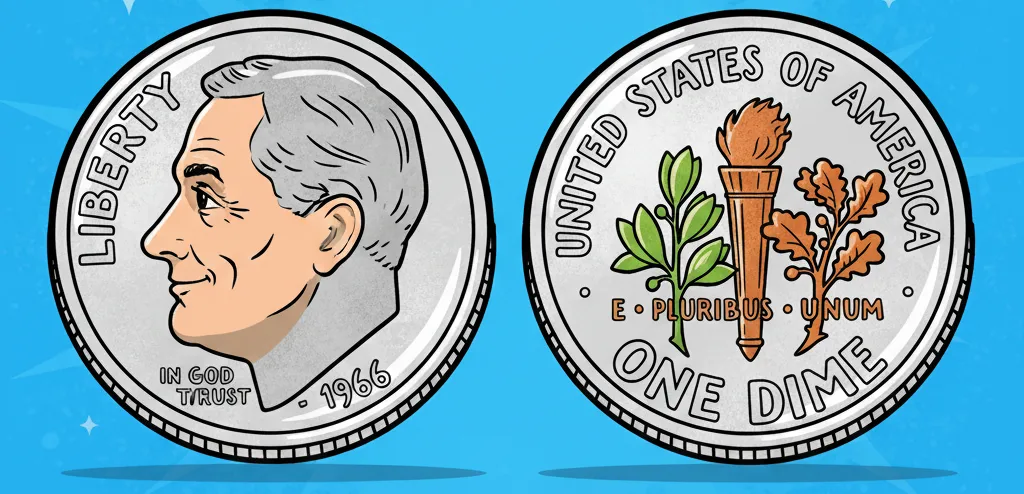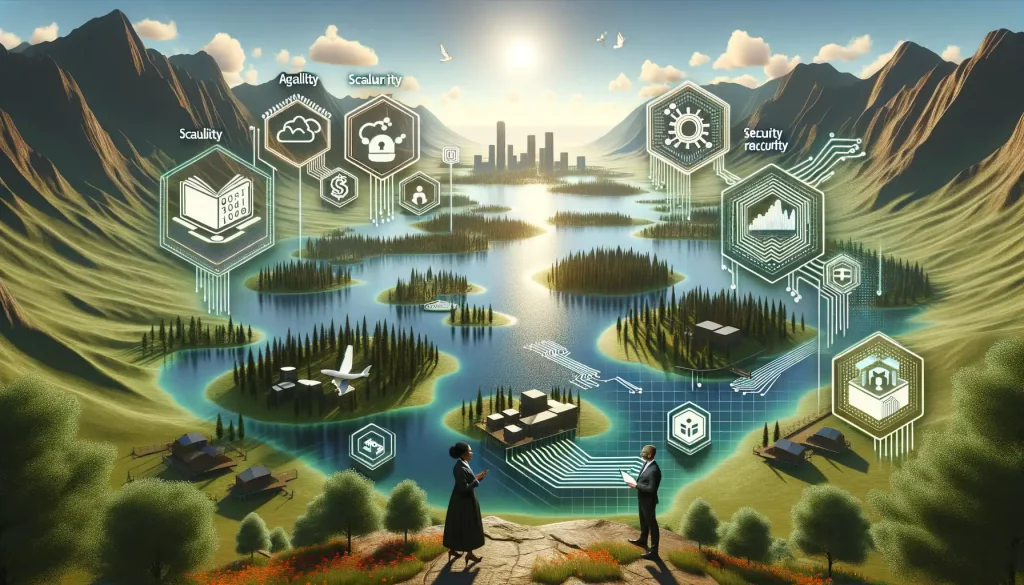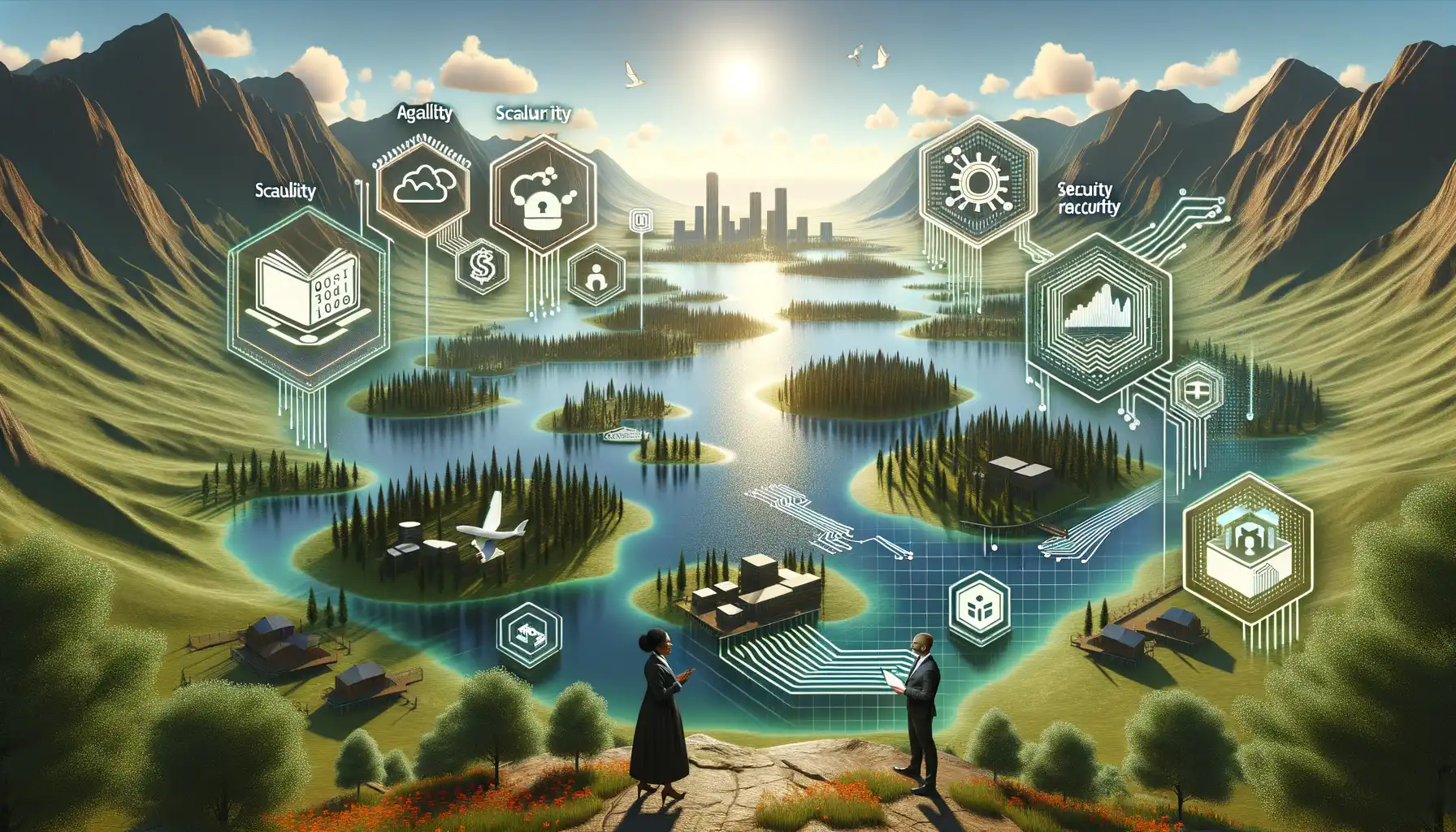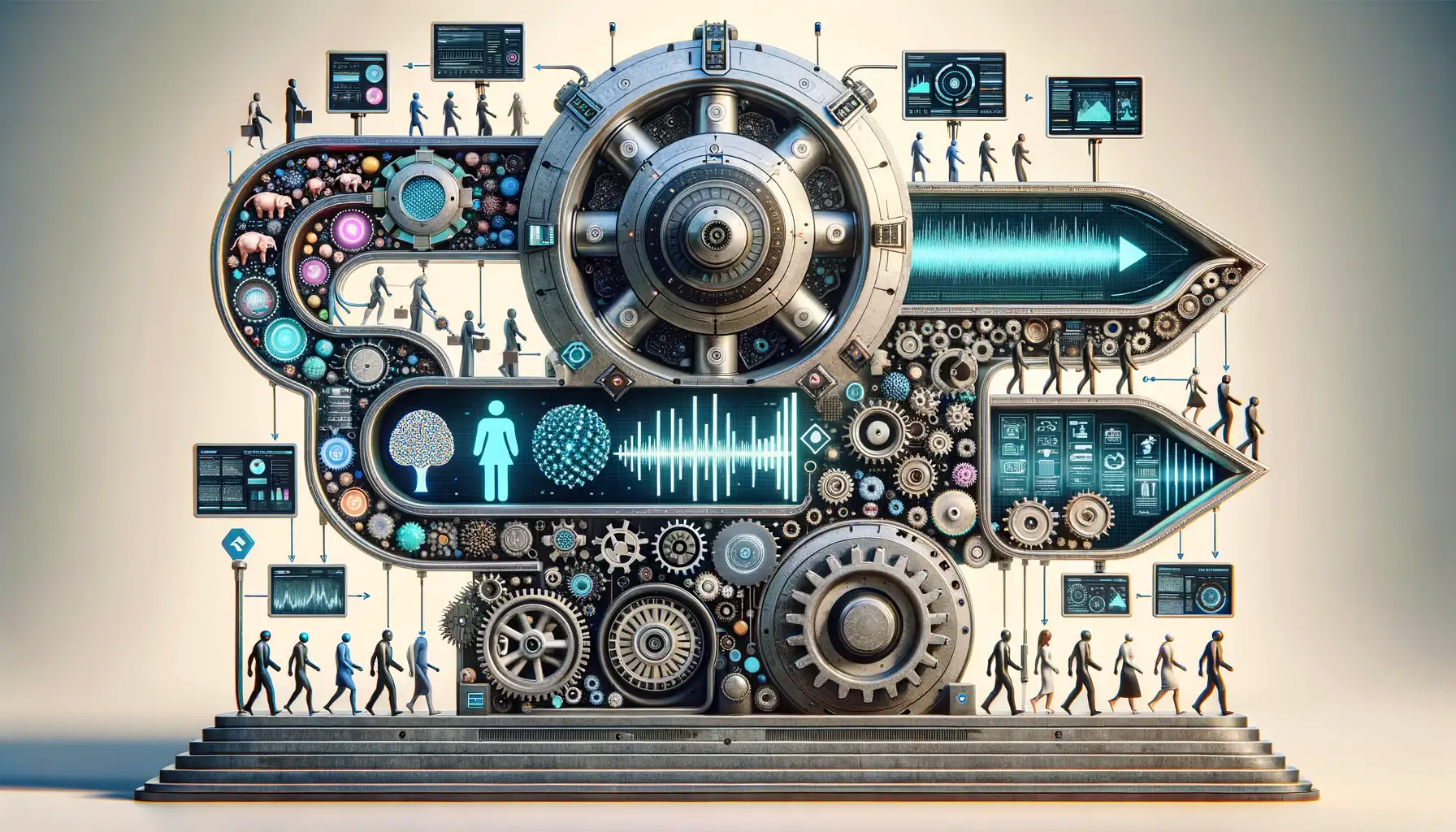Understanding Natural Language Processing and Its Role in Communication
What Is Natural Language Processing, Really?
Imagine talking to your favorite voice assistant—it understands you even when you’re mumbling out your coffee order at 6 a.m. That’s the magic of Natural Language Processing (NLP). But let’s strip away the tech jargon for a moment. Think of NLP as the bridge between human conversation and machine understanding. It’s how computers “learn” the quirks of language: sarcasm, slang, typos, and all.
At its core, NLP is like teaching a robot to read between the lines. Sentences aren’t just words stacked together; they’re layered with intent and emotion. For instance, when you text “Ugh, this weather!” to a friend, it’s not just about rain—it’s about how you’re feeling stuck inside or drenched. NLP aims to decode these subtleties.
- Breaking down conversations into bite-sized chunks (like sentences and phrases).
- Deciphering emotions hidden behind a keyboard.
- Even predicting what you want to ask before you hit “send.”
NLP doesn’t just stop there. It creates the possibilities for smoother chats—not just with robots, but fellow humans, too. It’s changing how we relate in this hyper-connected world.
Key Applications of NLP in Modern Online Platforms
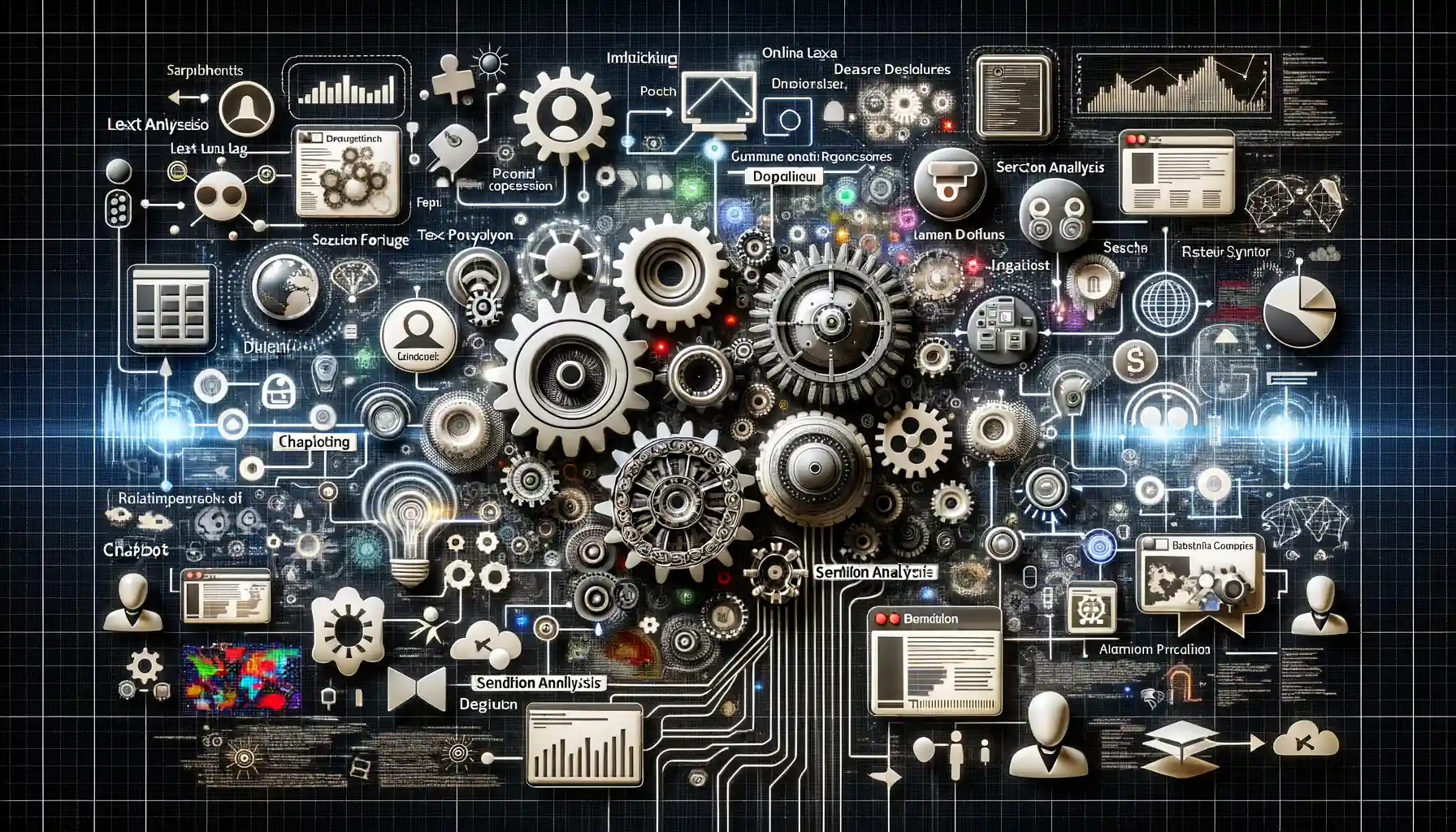
Revolutionizing How We Connect Through Words
The online platforms you use every day are powered by some extraordinary wizardry, and Natural Language Processing (NLP) is at the heart of it. Every tap, click, and search connects to a world of NLP-powered magic, shaping experiences in ways you might not even realize. Let’s dive into its genius.
You know those eerily accurate search results that Google serves up? That’s NLP. It’s what allows systems to decipher your intent—whether you’re asking for restaurant recommendations or digging into the meaning of life. But the brilliance doesn’t stop there. Dive into messaging apps, and you’ll find auto-correct and predictive text sprinkling a little convenience into your conversations.
- Chatbots: Like having a customer service rep on standby 24/7, properly trained NLP helps chatbots respond with uncanny precision.
- Personalized content: From Netflix suggesting your next binge-worthy show to Spotify curating playlists that feel like they’ve read your mind, NLP personalizes like a true friend who “just gets you.”
But wait, there’s more! Ever noticed how email spam filters seem a step ahead? That’s NLP slicing and dicing language patterns to keep junk out of sight. And in job portals, it’s scanning resumes, ensuring no talent gets overlooked. Each of these applications feels almost… human, doesn’t it? That’s the beauty of NLP—it speaks our language, literally.
Social Media and the Transformation Through NLP
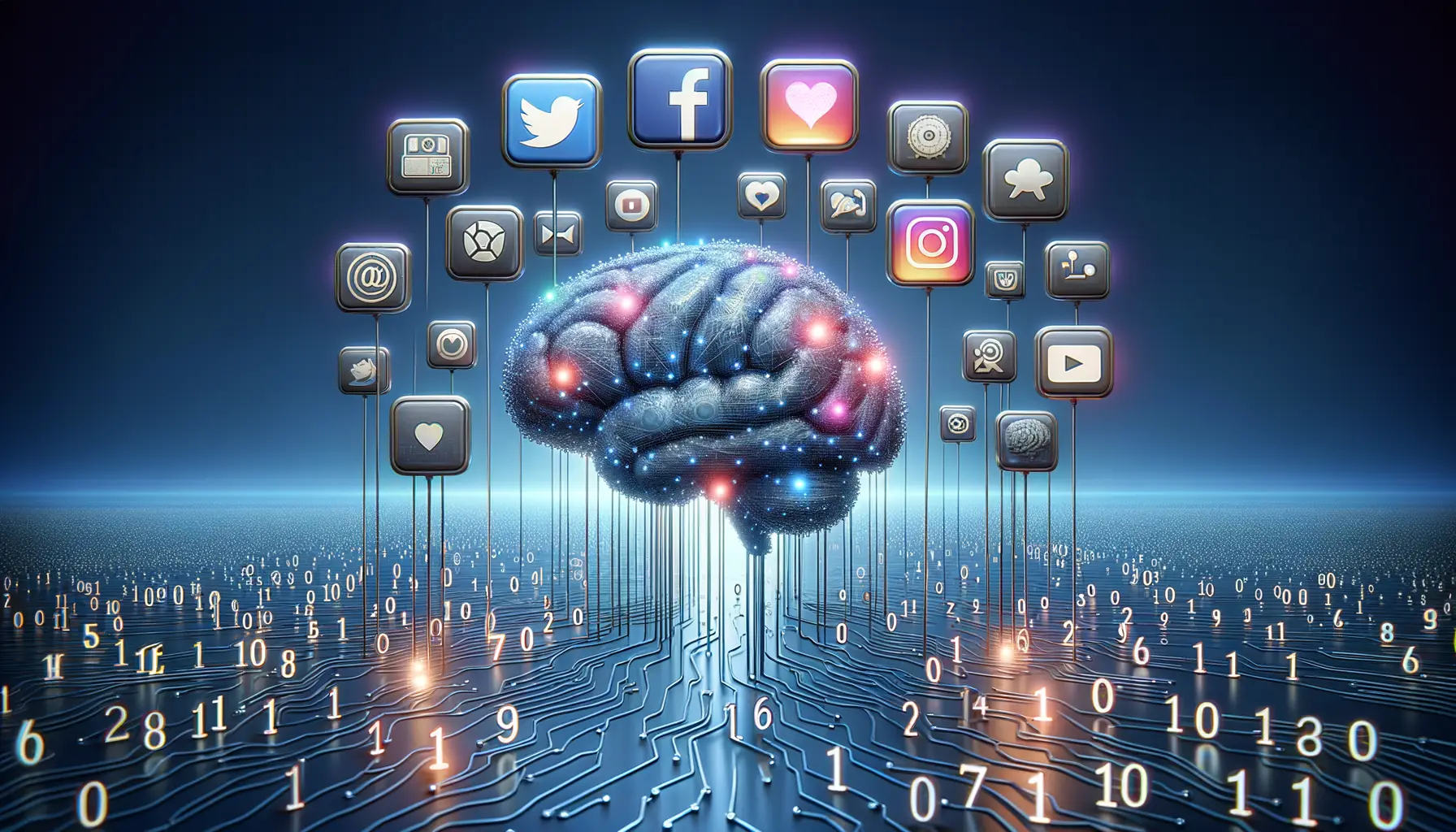
Revolutionizing Conversations on Social Platforms
Imagine this: every time you post, comment, or even scroll through your favorite social media app, there’s a silent hero in the background—Natural Language Processing (NLP). It’s like a backstage crew transforming the chaotic world of human chatter into meaningful connections.
Ever noticed how platforms seem to “get” you? Whether it’s Instagram suggesting hashtags that perfectly match your vibe, Twitter flagging inappropriate content, or LinkedIn refining job search suggestions—it’s all NLP magic. Social media is no longer just about sharing; it’s about understanding each other better, and that’s where NLP steps in.
- Sentiment analysis: Those “Happy vs. Angry” emojis? They know what you’re feeling even before you post.
- Content moderation: Protecting users from offensive language while preserving authenticity.
- Chatbots: Quick, engaging customer support replies crafted almost humanly.
Why This Feels Personal
The magic lies in personalization. Want proof? Think of Spotify or TikTok’s eerily accurate recommendations. Those moments when you think, “How do they know me so well?” That’s NLP, effortlessly decoding not just words but our intentions and preferences. It’s not just tech; it’s a bridge between you and the world’s shared stories, emotions, and conversations.
Overcoming Challenges and Ethical Considerations in NLP

When Algorithms Meet Human Complexity
Natural Language Processing (NLP) is a mind-blowing marvel, but let’s face it—learning how to teach machines our brilliantly messy human language is no cakewalk. Picture this: you have a multilingual team, each member speaking not just different languages but different dialects, slang, and cultural references. Now imagine making sense of all that chaos. That’s NLP grappling with the vast tapestry of global communication.
One massive hurdle? Bias. Machines are only as ethical as the data we feed them. If a dataset is riddled with stereotypes or imbalances, NLP tools can unintentionally reinforce unfair ideas. For example, a job application system powered by NLP might favor certain genders for tech roles if historical data contains biased trends.
To tackle this, experts turn to solutions like:
The Fine Line Between Assistance and Intrusion
There’s also a tug-of-war between innovation and privacy. Tools like chatbots analyze user conversations to improve over time. That’s cool, right? But what if they’re collecting more than you bargained for? When you type “What’s the best gift for my mom?” into an app, do you expect that data to be anonymized? Such concerns push developers to tighten policies and actively seek consent.
Here’s the reality: the potential of NLP is dazzling, but navigating its challenges feels like walking through a linguistic minefield—it takes care, precision, and plenty of double-checking to get it right.
Future Trends in NLP Impacting Digital Interactions
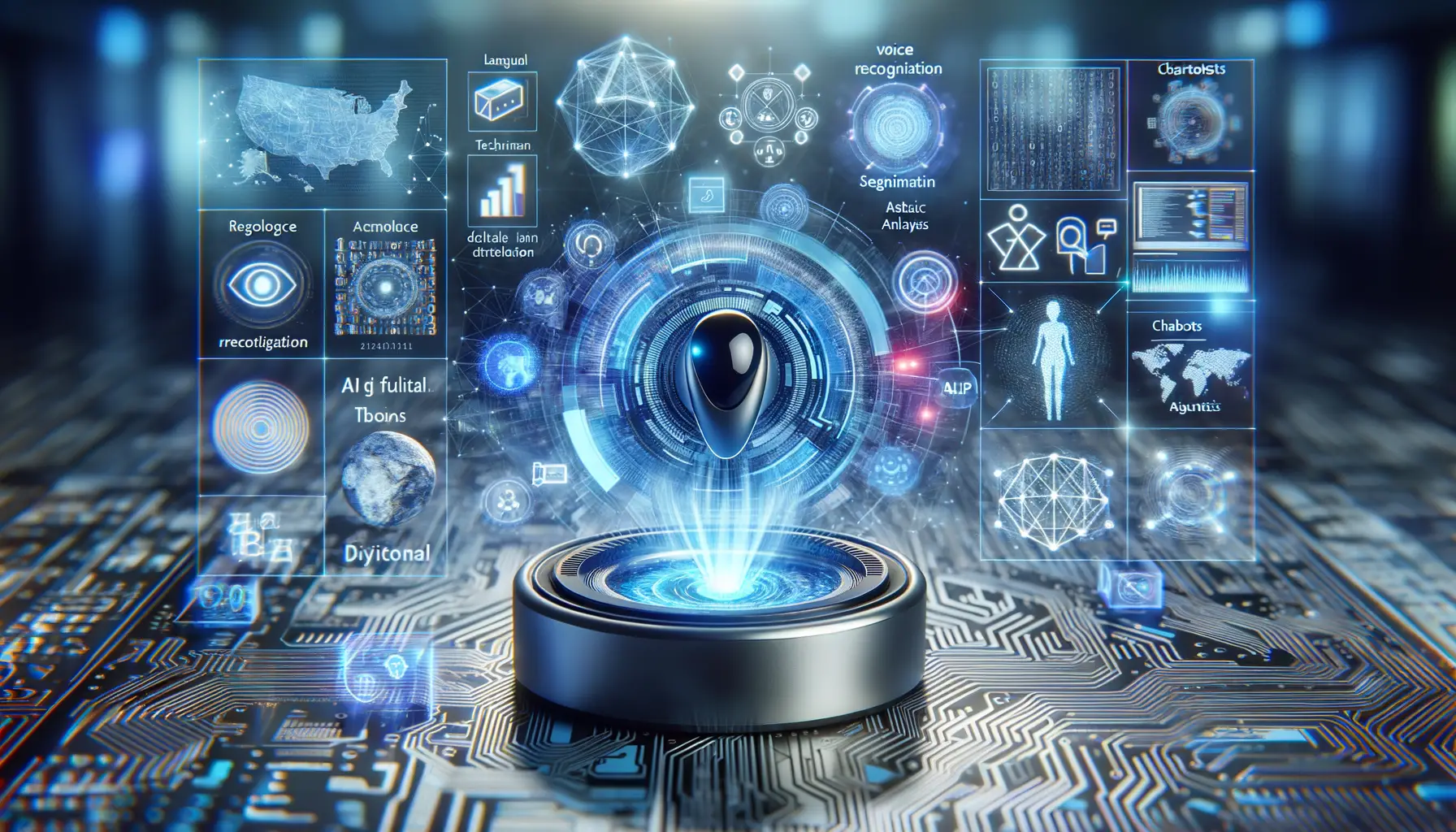
Shaping Tomorrow’s Conversations with Smarter Tools
If you’ve ever whispered to your smart speaker or relied on auto-reply for an email, you’re already experiencing the budding magic of future NLP trends. But what’s coming next? Brace yourself—it’s going to redefine how we interact online!
For one, we’re stepping into an era where machines don’t just understand words; they grasp emotions and context. Imagine AI knowing when you’re frustrated during a customer support chat and responding not like a script-reading bot, but like a supportive friend. This evolution means richer, more human-like interactions with less “Did I just talk to a wall?” moments.
- Multimodal NLP: By merging text, speech, and even images, platforms will create immersive, seamless communication experiences. Think of voicemail transcription, translated into another language and paired with culturally relevant emojis!
- Personalized Conversations: Future NLP systems will learn your tone, slang, and preferences over time. So instead of a generic “Hello,” your tech might greet you with “Hey there, ready for another adventure today?”
And let’s not forget the rise of true real-time translation. Language barriers? Soon, they’ll feel as outdated as dial-up internet. Whether chatting with a friend in Tokyo or negotiating deals in Paris, conversations in multiple languages will feel direct and completely natural.
The Invisible Hands of AI Shaping Inclusivity
Here’s an idea that feels truly revolutionary: NLP shaping the web into a more inclusive space. Picture tools that convert complex jargon into plain, digestible language for those new to a topic or non-native speakers. Or better yet, imagine algorithms that identify bias in a text and suggest edits on the fly. It’s not just innovation—it’s accessibility at its core.
As these technologies evolve, you’re not just talking to your device. You’re collaborating with it, dreaming bigger, and connecting with others in ways that seem pulled straight from science fiction. The future of NLP is, without a doubt, a deeply exciting frontier—and perhaps it’s time to ask yourself: are you ready to embrace the change?

